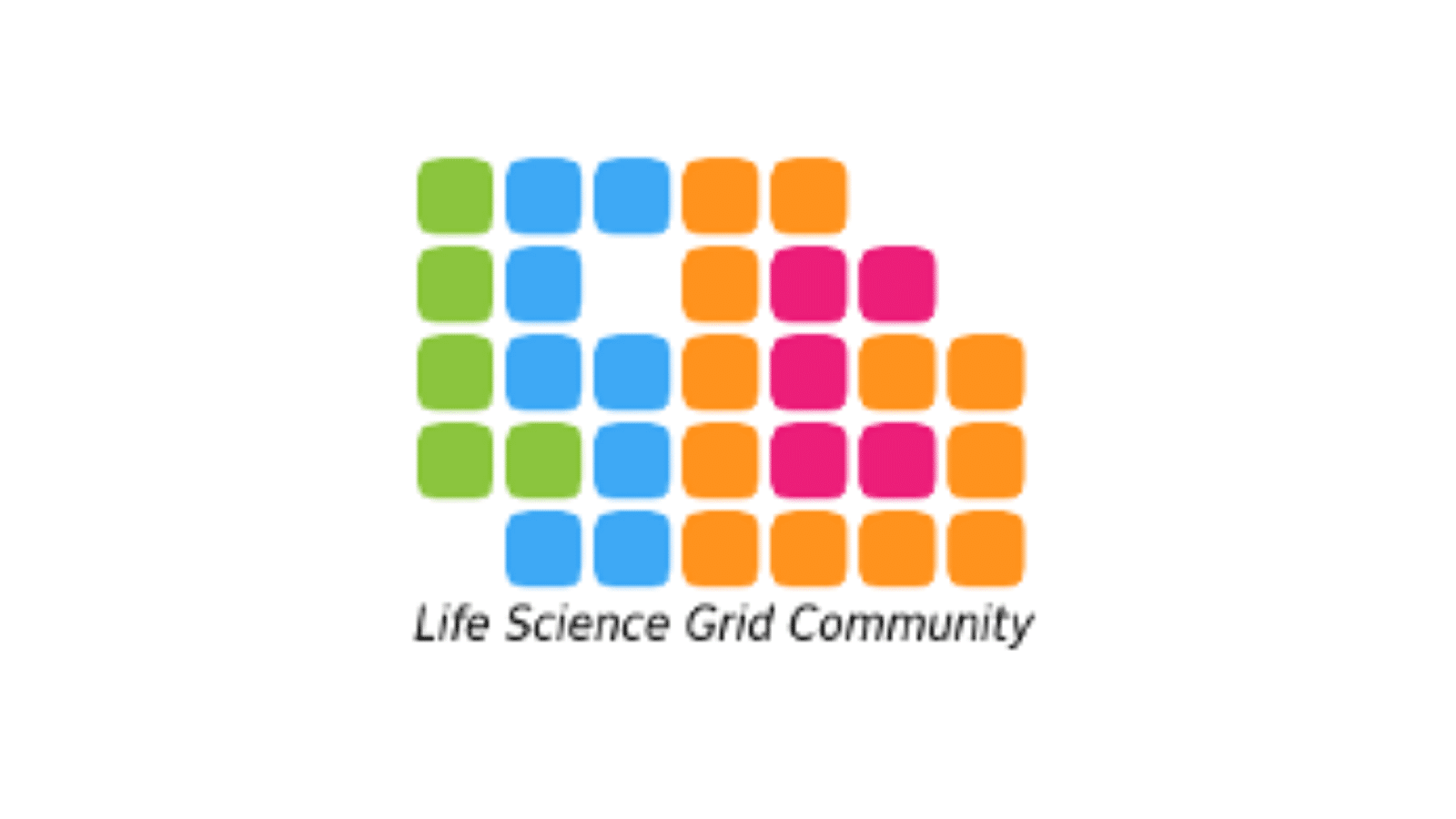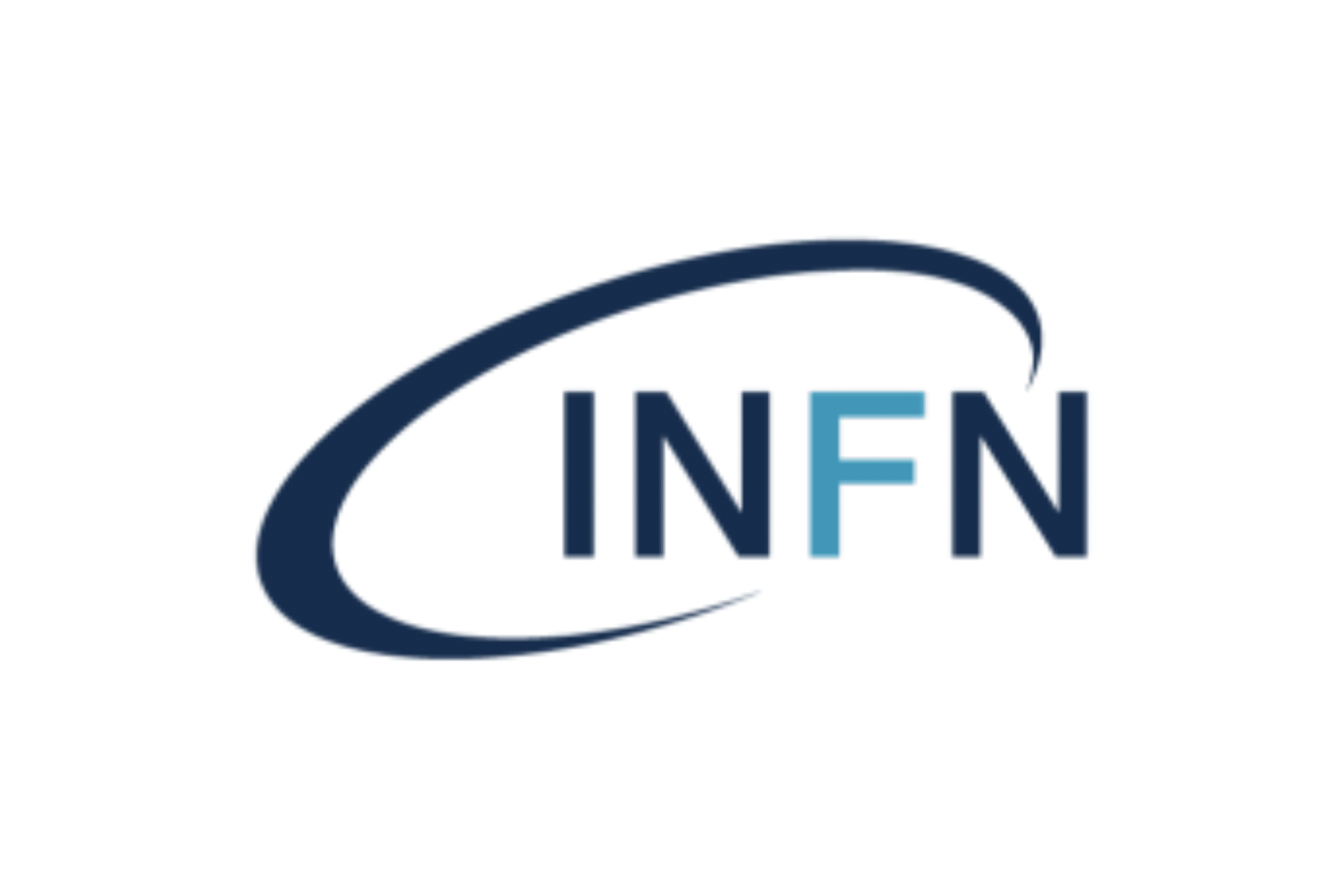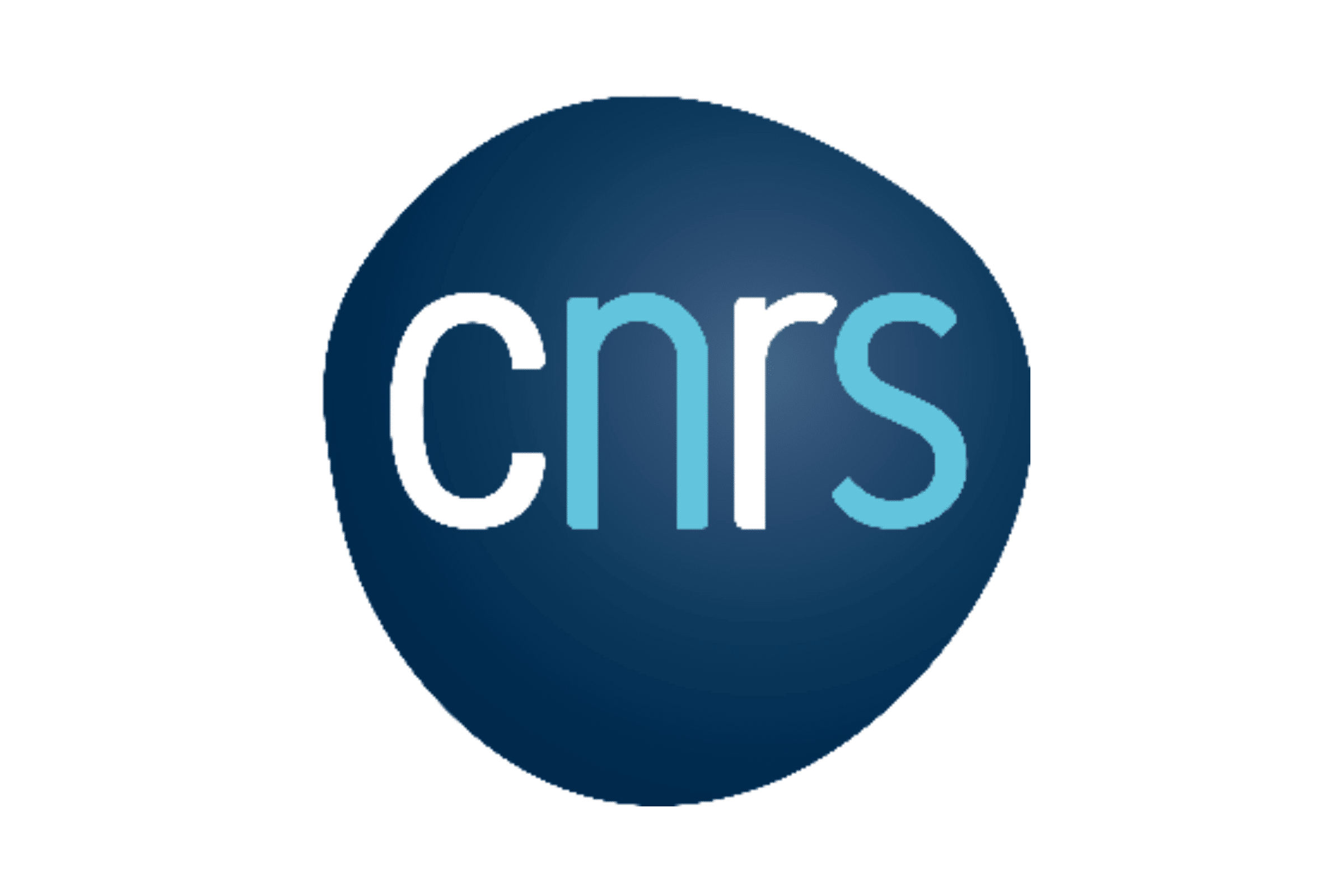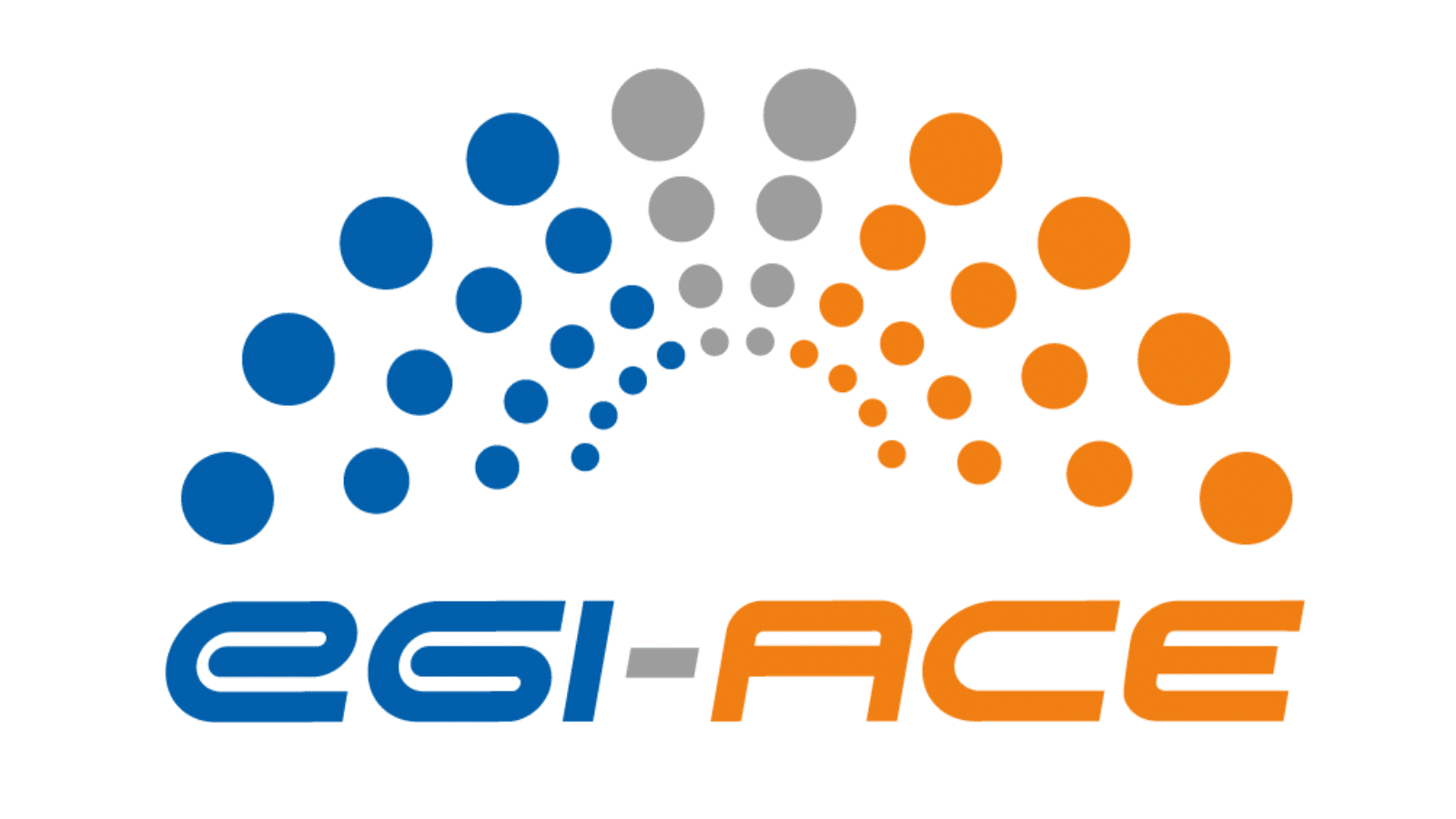Biomed is a large-scale international Virtual Organization (VO) supporting communities from the Life Sciences sector focusing on three main groups: medical image analysis, bioinformatics and drug discovery.
Image Analysis in Life Sciences with an High Throughput Compute platform

The Challenge
One of the flagship science gateways of BioMed is the Virtual Imaging Platform (VIP). Through VIP, researchers can access multiple applications, as well as important amounts of storage and computing resources, without required technical skills beyond the use of a web browser. The model has proved to be successful: VIP currently counts more than 1300 registered users, accessing 20 applications.
The challenge for VIP is now about interoperability and reproducibility, in the larger scope of a FAIR approach to scientific data analysis.
In the next few years, we can imagine a platform of platforms exchanging apps and data effortlessly. Re-usability of applications across platforms can be achieved with containers, which allow users to build applications on their desktops and run hundreds or even thousands of instances on remote CPUs.

The Solution
The distributed infrastructure supporting biomed, and therefore VIP, consists of resources from the National Grid Initiatives (NGIs), EGI, supercomputing platforms (DEISA), infrastructures potentially provided by ESFRIs, and other possible resources (e.g. commercial/private cloud resources).
From the EGI Infrastructure, more specifically, 14 HTC and cloud resource providers are supporting the biomed community allocating computing and storage resources to serve the European Life Sciences community.
Services Provided by EGI
Manage computing workloads in an efficient way.
Execute thousands of computational tasks to analyse large datasets.
Store, share and access your files and their metadata on a global scale.
Login with your own credentials.
Dedicated computing and storage for training and education and consultancy activities
Publish and access software efficiently across multiple sites.
Impact
registered to the VIP portal (40% from outside Europe)
consumed over the last 2 years (Dec. 2019 – May 2021)
consumed over the last 2 years (Dec. 2019 – May 2021)
instantiated in the EGI Federated Cloud infrastructure
Highlights
Scientists from the University of Lyon used the VIP platform to develop a framework for generating virtual data to study heart diseases.
One 3D sequence took around 6 hours to generate on VIP. On a personal laptop, 280 hours would have been needed.
Check the documentations and tutorial about the VIP platform




